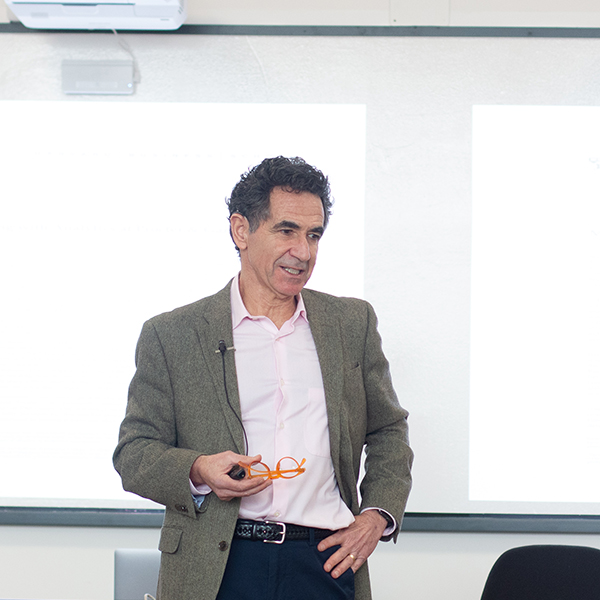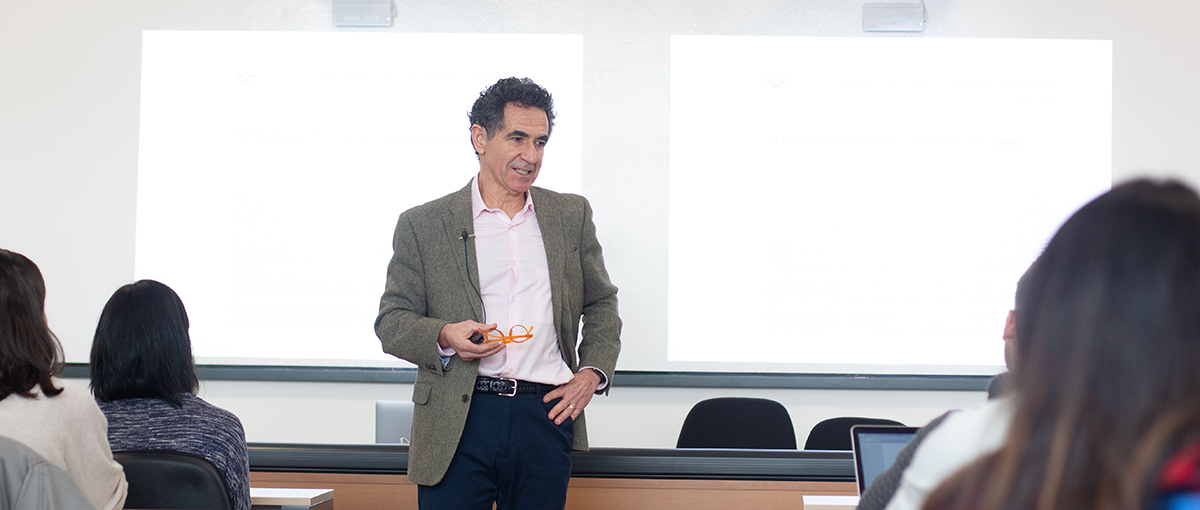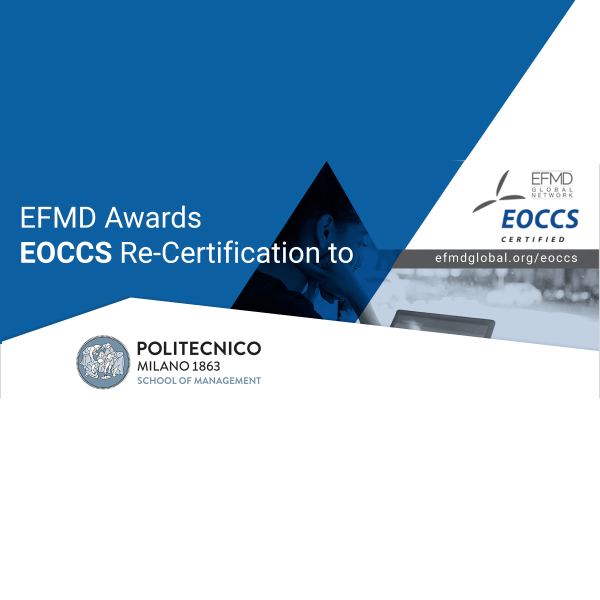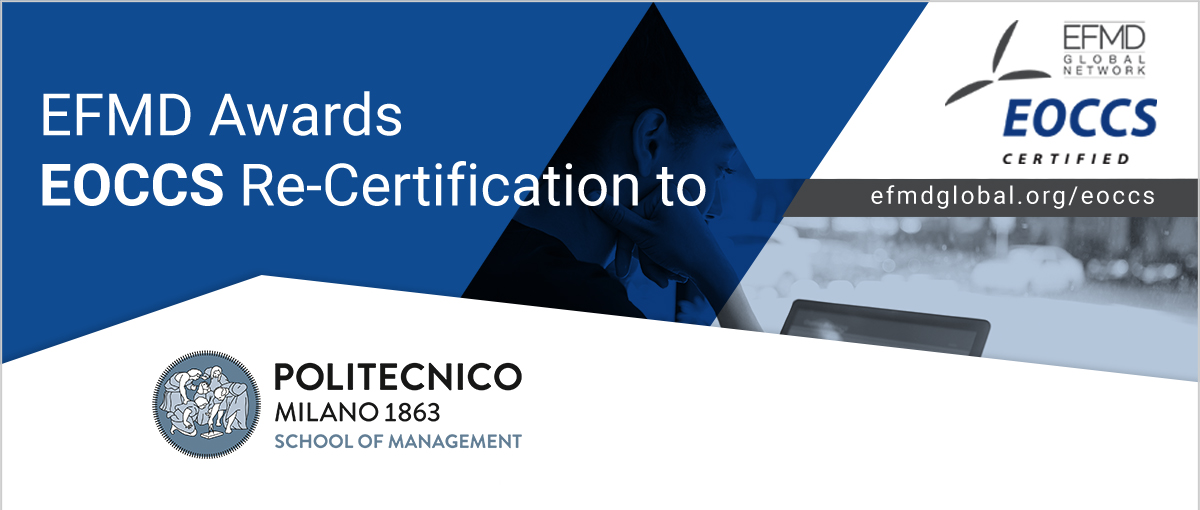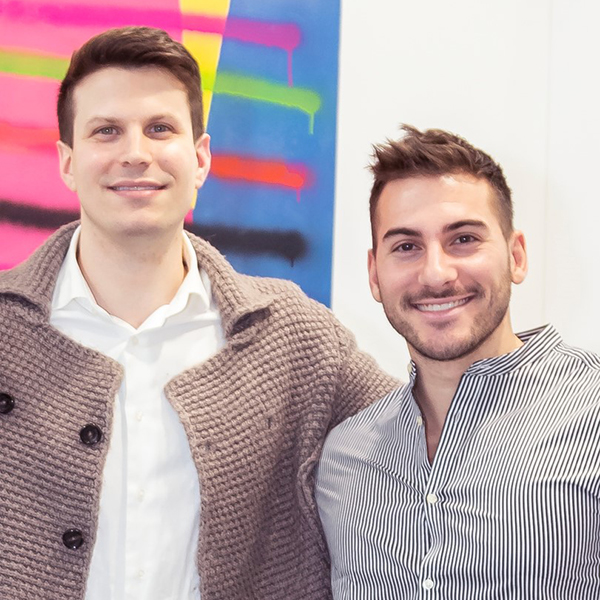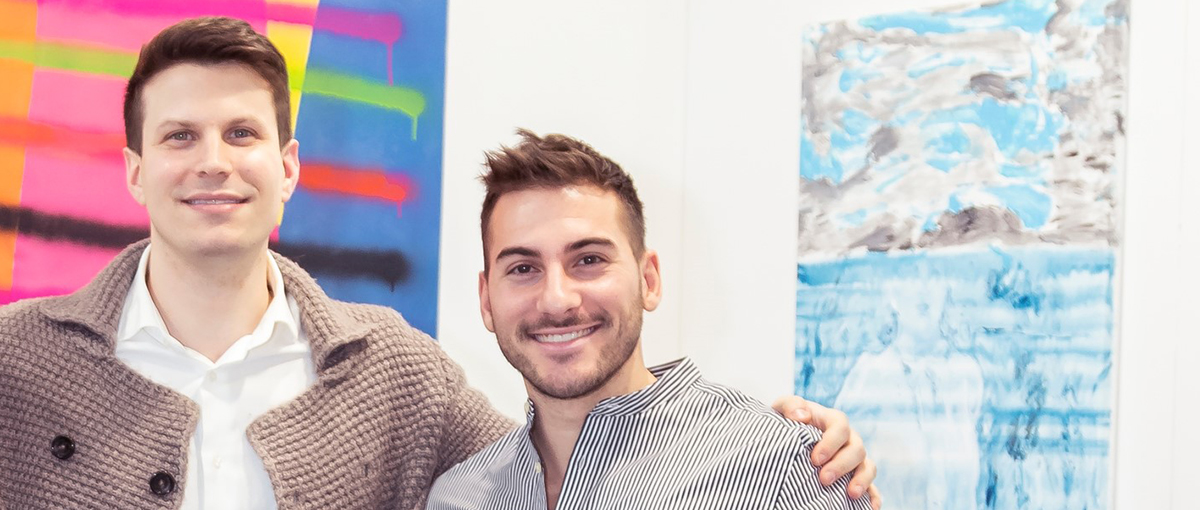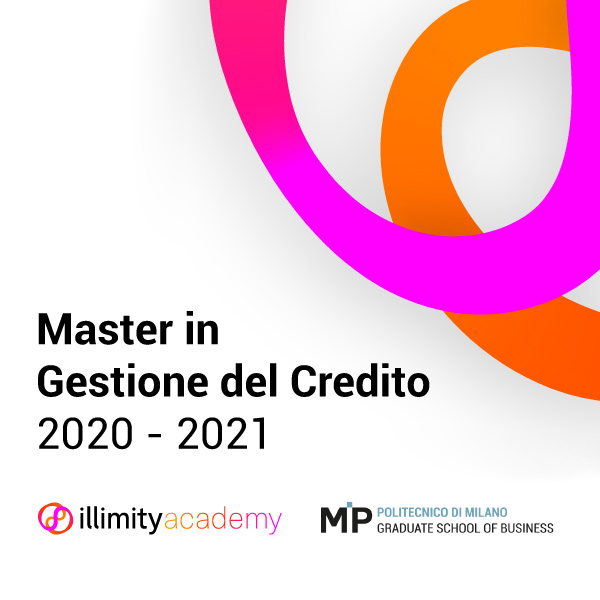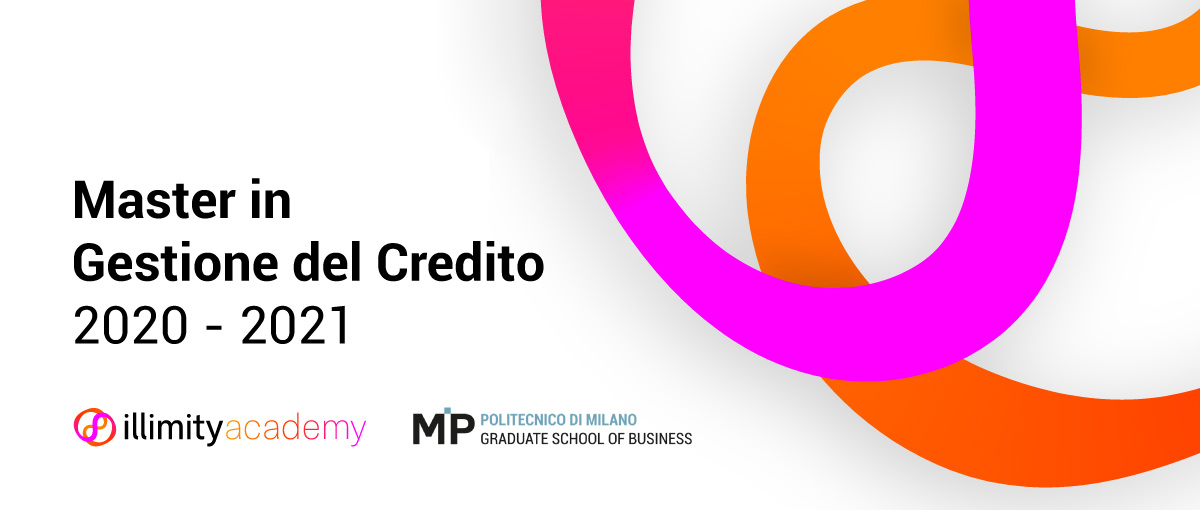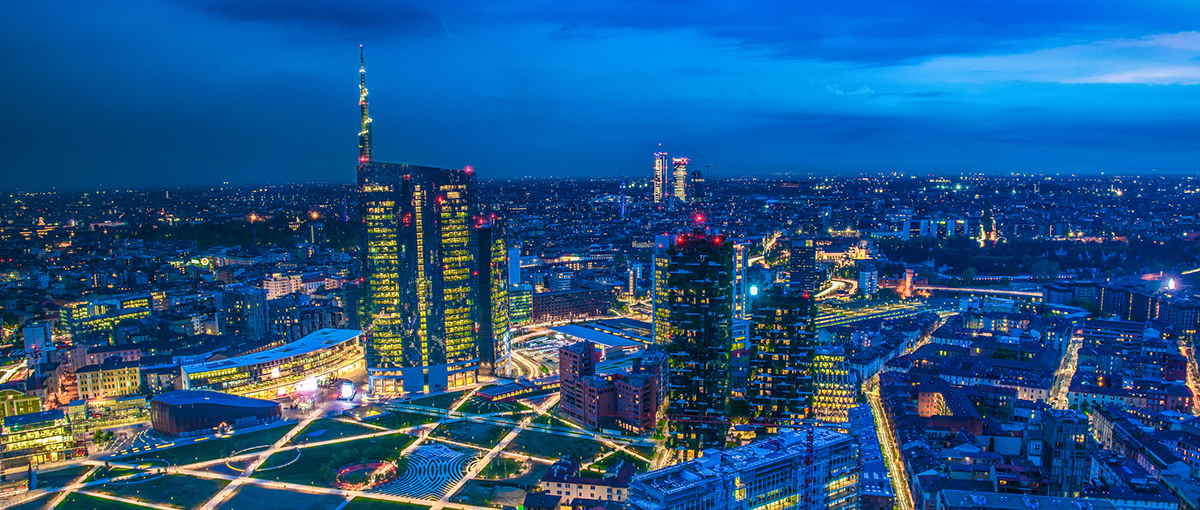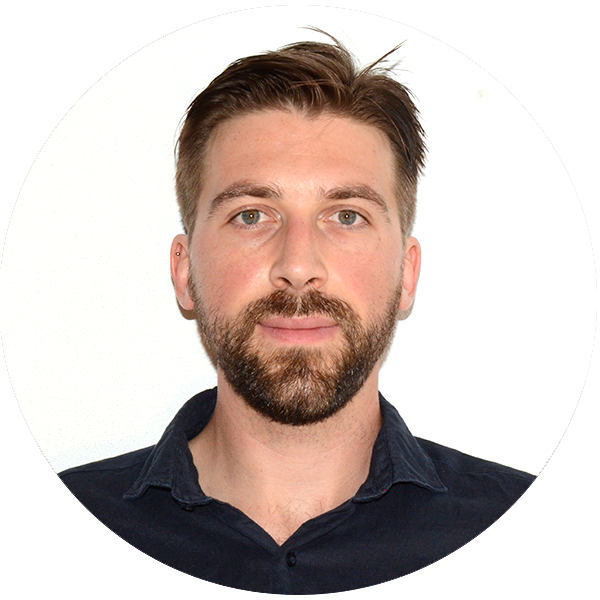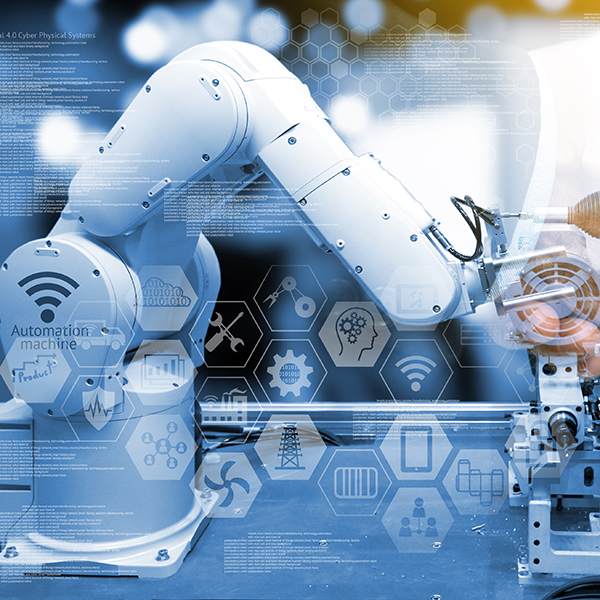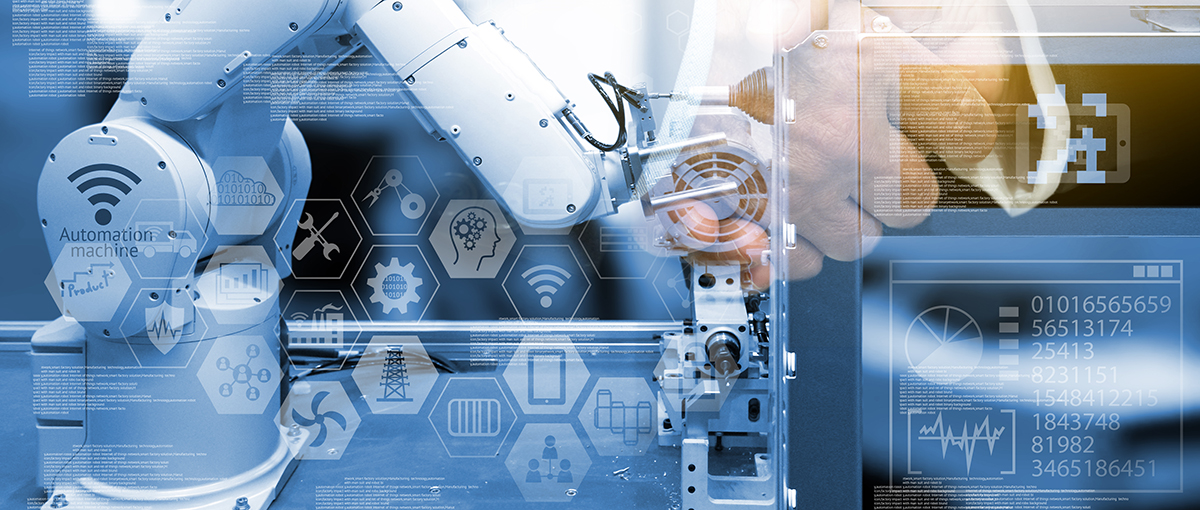Filippo Passerini, considered one of the world’s top experts in Global Business Services, illustrates the advantages of a GBS strategy.
A strategy aimed at large companies, thanks to which it’s possible to reduce costs by exploiting economies of scale, freeing up resources from the most repetitive tasks and transforming their business model: «It basically is a matter of aggregating services within a company, when these are dispersed or duplicated in different organizations. This is the essence of GBS (Global business services)», explains Filippo Passerini, director of the GBS Certification Program for MIP Politecnico di Milano.
GBS explained by professionals in the sector
«I had the fortune to build and manage GBS in Procter & Gamble (P&G) for over 12 years. Our business benefited enormously, both in terms of cost reduction and innovation. I would now like to create value for other companies and for individuals, sharing knowledge and skills», explains Passerini. «I’m very satisfied to be able to work with MIP for this programme: it offers an infrastructure that allows you to effectively go to the market and certifies the educational rigor of contents. The latter will be developed by Inixia».
Inixia is a consulting service whose advisors all have concrete experience with GBS and shared services: «They are people who, like me, had worked for P&G, whose GBS model is considered to be a real benchmark. Inixia was created with the aim of setting up a certification programme that allows people to obtain a qualification in this area».
Indeed, GBS can’t be improvised, warns Passerini: «There is a specific sequence of steps to follow, that leads to better results more quickly. There’s a strategy to follow and this is also why it’s important to gain specific skills».
At the same time, the numbers speak clearly: in 2018 the value of the global shared services market amounted to 56 billion dollars, a figure that is expected to double by 2025.
Equally tangible are the advantages for companies: a cost reduction of up to 50%, together with a tripling in value creation. The areas of application involve almost all of a company’s operational services and processes, in any sector: finance, human resources, supply chain, purchasing, IT, marketing and sales processes, customer and consumer service centres.
GBS and the digital transformation
It would be wrong, however, to think that GBS, by now with a twenty-year history behind it, is a static strategy. Just think of the impact the digital transformation has had on the organizational structure of companies. «Digital is a great resource», explains Passerini. «The current organization of companies forces us to use resources, human and material, in low value-added but necessary operational processes. For example, the billing cycle, payments to suppliers, or salaries for employees and many other internal processes: they’re essential activities, but consist of repetitive steps that don’t add value to the core business. GBS is an excellent platform for the digital transformation: these processes can be automated and further optimized by applying new technologies. In this way, efficiency and effectiveness are increased, resources are freed up for more strategic tasks. The benefits can vary widely, from “simple” cost reduction to an engine for innovation of the operational model. And that’s where expertise becomes important».
How the GBS Certification Program is structured
It is for this reason, then, that the GBS Certification programme was created for MIP. «These are short online classes lasting from six to 12 hours», explains Passerini. «The course is structured in five levels. It starts with the Foundation level, which addresses the basic principles of GBS. This is followed by what we have called pillars: Service Management, Operations Management, Transformation. At the end, there’s the Leadership level, after which you obtain certification. We conceived it a little bit like a path that follows a sort of managerial seniority, aimed both at those are at the beginning of their experience or in more operational roles, both senior managers and GBS leaders. It’s a real process of professionalization, to use an English term that I find very appropriate in this case. The goal is to train highly competent people».
